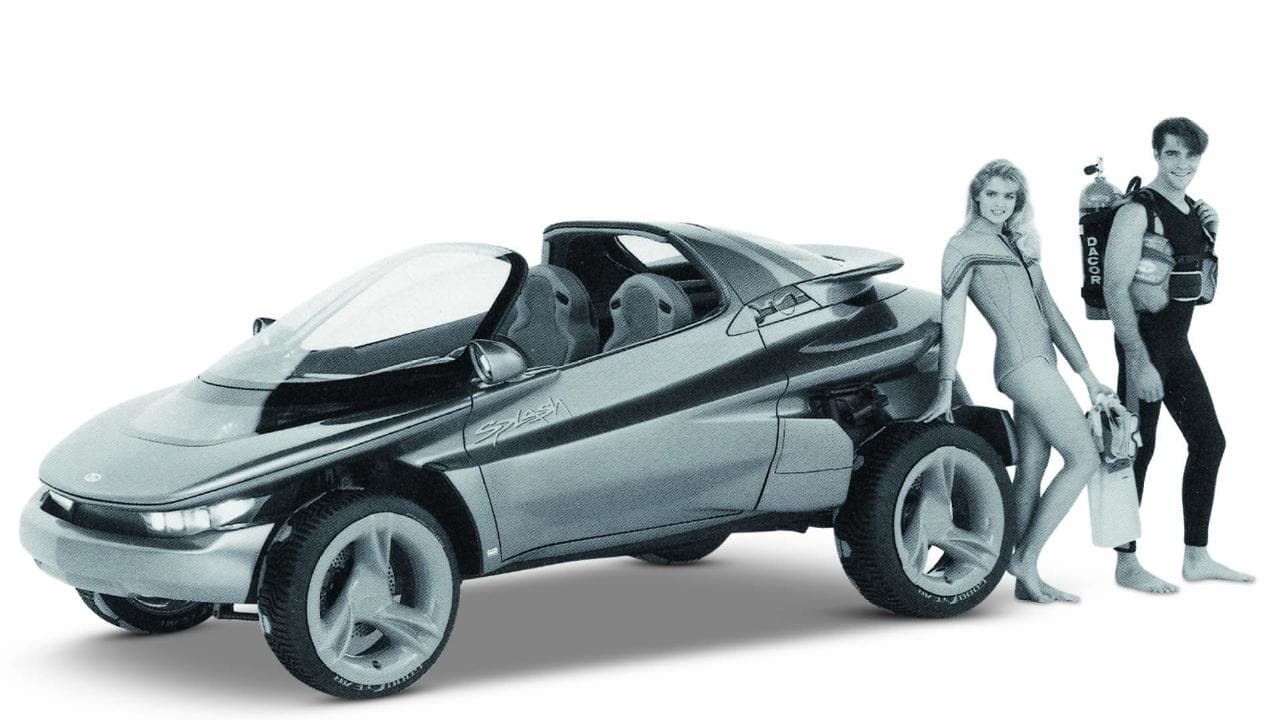Some may seem ridiculous, but many of the best cars of the last few decades were born thanks to these concept cars imagined and developed forty years ago.
The 80s, those of my childhood. From 5 to 15 years of age, they go through a lifetime, the end of the two blocks, the explosion of information technology, a nuclear disaster and much more. Times of excess everywhere, electronic music, fashion and design above all. And nothing showed this more than 80s concept cars.
Concepts have always been a good way to talk about an era, because they show in a plastic way the vision, the social tension and the hopes of the designers (and of a society) of an entire period.
In short, the concept cars of the 80s show us optimism, pessimism and the state of research into materials. Looking at them we can glimpse what came later, in the following decades.
Here are the most radical prototypes of that period, which challenged the future, partly inspired it, partly created it.
Pontiac Stinger – 1989

This kind of fluorescent green dune buggy is truly ahead of its time. On a design and materials level, and also on a strategic level. From the futuristic wheels to the empty doors, it looks like a cross between a Twizy and a smart ForFour. A little lifestyle, a little off-road. A small SUV 30 years ahead of its time.
Oldsmobile Aerotech - 1987
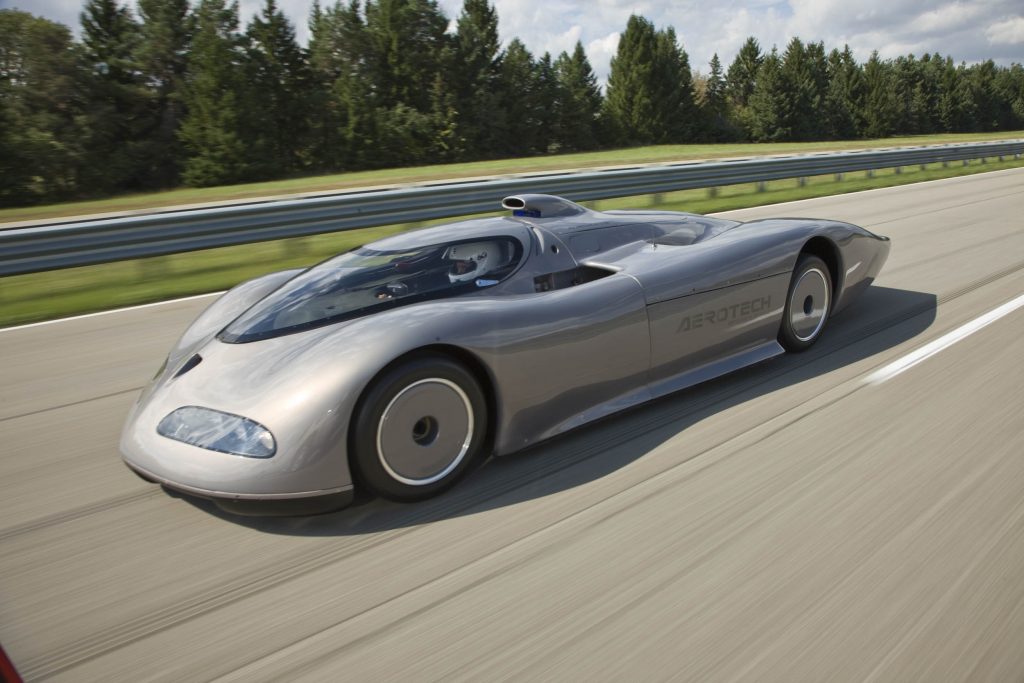
The Aerotech preceded stellar cars like the McLaren Speedtail by decades. Even at the time the paradigm was extreme aerodynamics to achieve extreme speed. And the power, if we want to talk about it: over 1000 horsepower. You don't do 440km per hour by chance, especially in 1987.
Citroën Karin - 1980
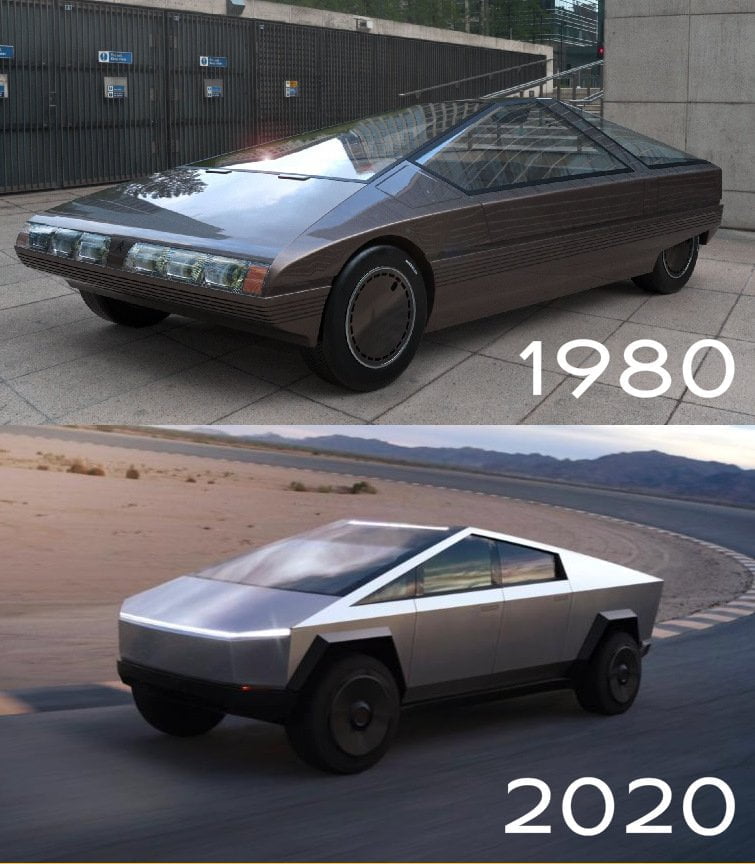
Here we are much further, we can even see the stylistic figures of the very modern Cybertruck from Tesla. It still looks forward today. It had a steering wheel mounted in the center and a configuration with three seats. Function influenced by form: first came the prism, then the interior.
Ford Maya, 1984
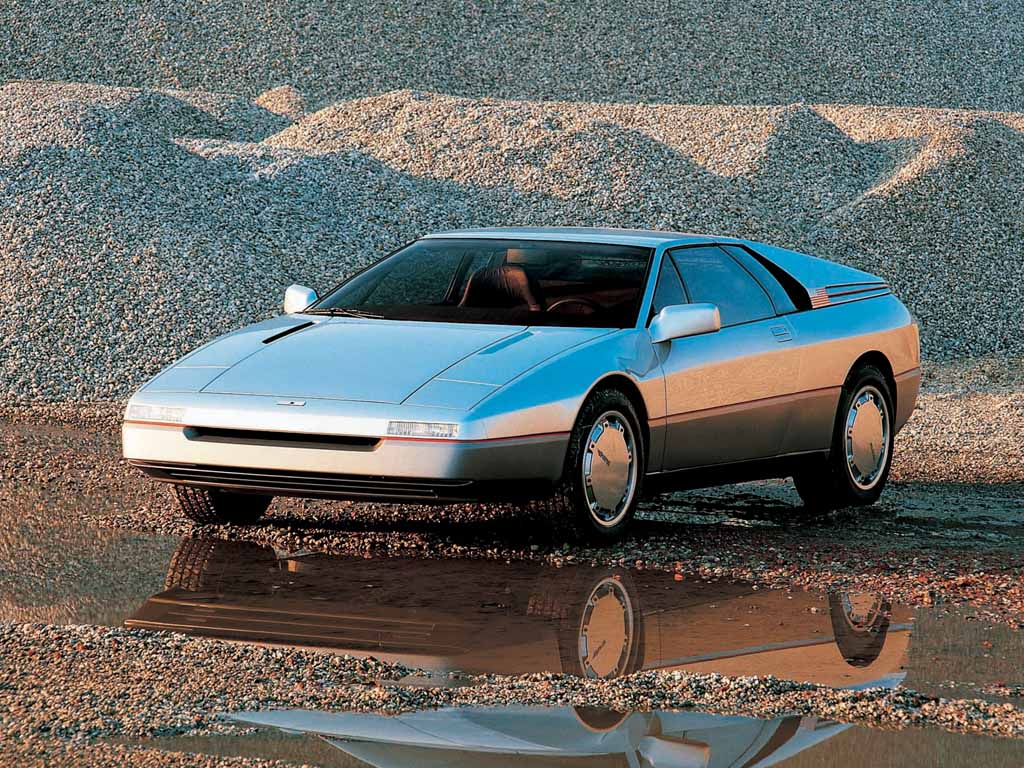
A bit like a BMW cover band and a bit like a car from the Outrun video game, Ford commissioned this design concept to test the US market's interest in a "house" sports car.
Lamborghini Athon, 1980
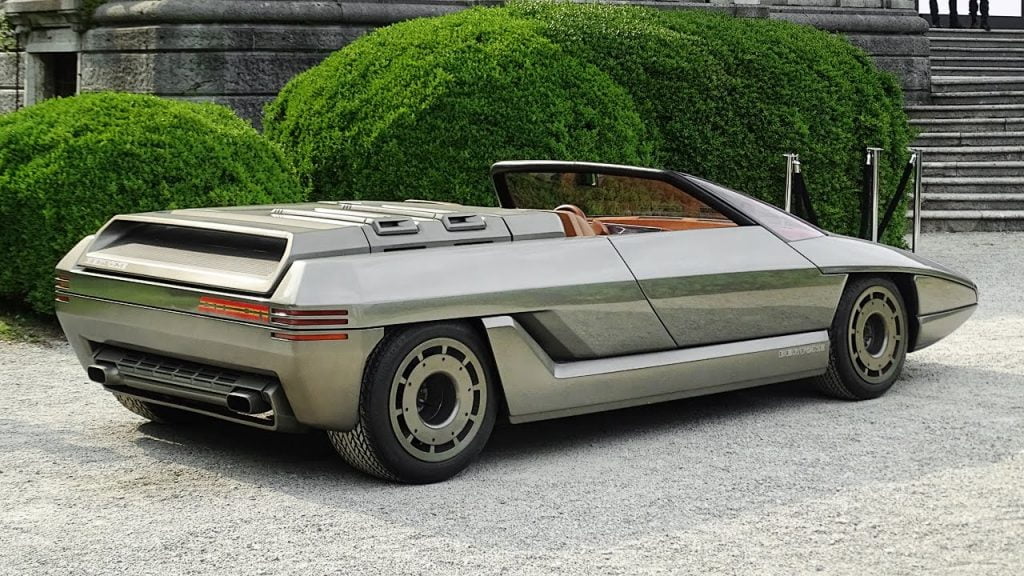
Here we are faced with an authentic myth. Bertone, gentlemen. Few have been "responsible" for automotive trends like Bertone, Italdesign and Pininfarina. And the key word at the time was “Cuneo”. This Lamborghini is no exception as it wanted to become the future of the parent company, and which we instead only glimpsed in later models such as the Jalpa or the Gallardo.
Italdesign Machimoto, 1986


The name of this concept is a mix between "car" and "motorcycle". Exactly what this vehicle offers, a kind of outdoor and collective motorcycle riding experience. This explains why each of the six seats looks like a saddle. From the shape it seems to see a strange open-top and miniature version of a Renault Espace, a minivan created just two years before this 80s concept car.
Bertone Ramarro Corvette, 1984

Bertone again, this time in a collaboration with Chevrolet to "domesticate" the lines of the C4 Corvette and make them more suitable for a European market. The Americans trusted the Italian designers, the best of the time, giving them carte blanche (and a frame). The result was this very cute and futuristic green lizard.
Citroën Xenia, 1981
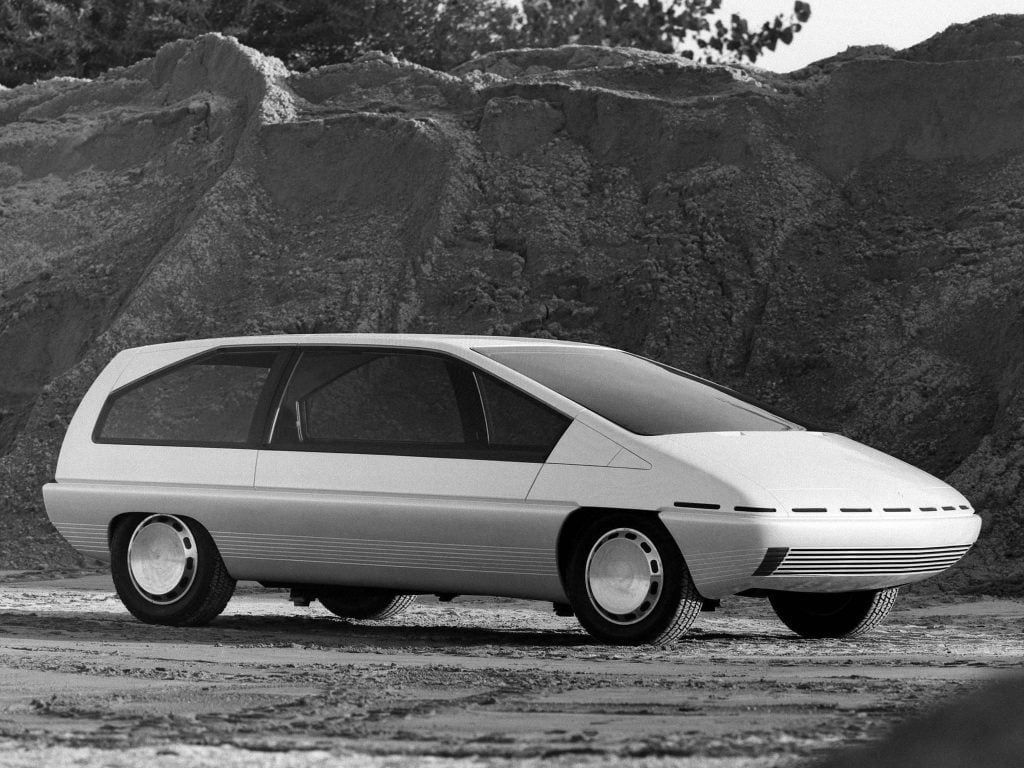
Bucking the performance myth that dominated 80s concept cars, Citroën was committed to developing service-oriented concepts. And once again in this Xenia we can glimpse the boom in minivans that we would only begin to see in Europe a few years later.
Unfortunately Citroën did not have the right vision. Rather than propose it in Europe and anticipate everyone, the French company started this study for the American market. There the minivans were far ahead, and with characteristics that would wipe out this ambitious but unfortunate attempt.
Aston Martin Bulldog, 1980
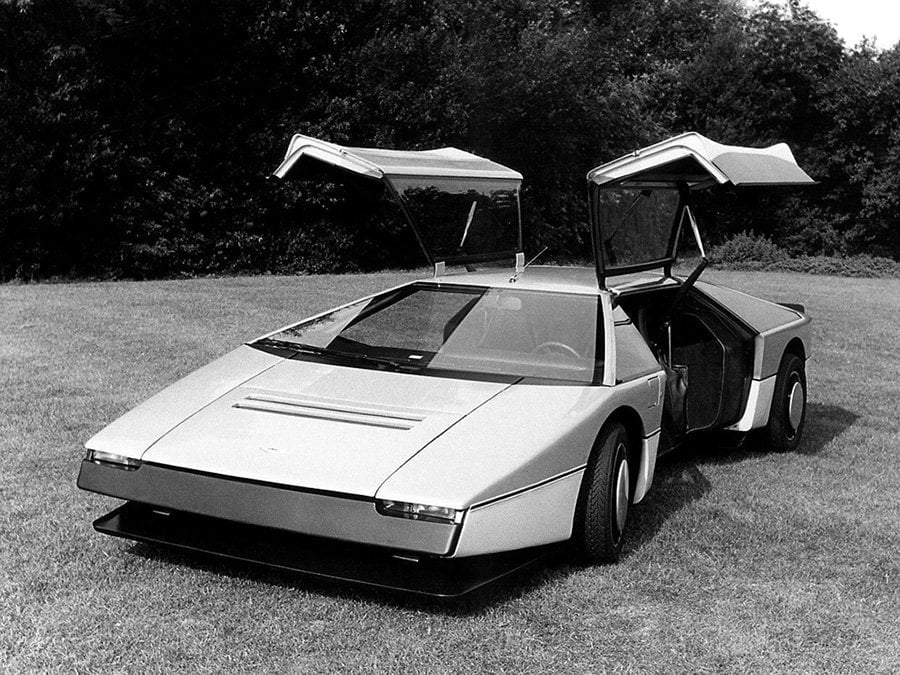
This design test was born with the aim of developing a new speed record for a production car. Here too, the wedge shape was intended to promote primacy in the designer's intentions, and this courageous Bulldog came really close. With a 8-liter twin-turbo V5,3 the English company reached a verified 308 km per hour, an impressive result for the time.
Nissan NX-21 - 1983

When you experimented, you really experimented. And this NX-21 is really interesting when seen by us, from the future. Sure, there are some '80s oddities such as the particular "folded" gull-wing doors or the rear-wheel drive ceramic engine, but they are eccentricities that give even more value to this '80s concept car.
Buick Questor, 1983
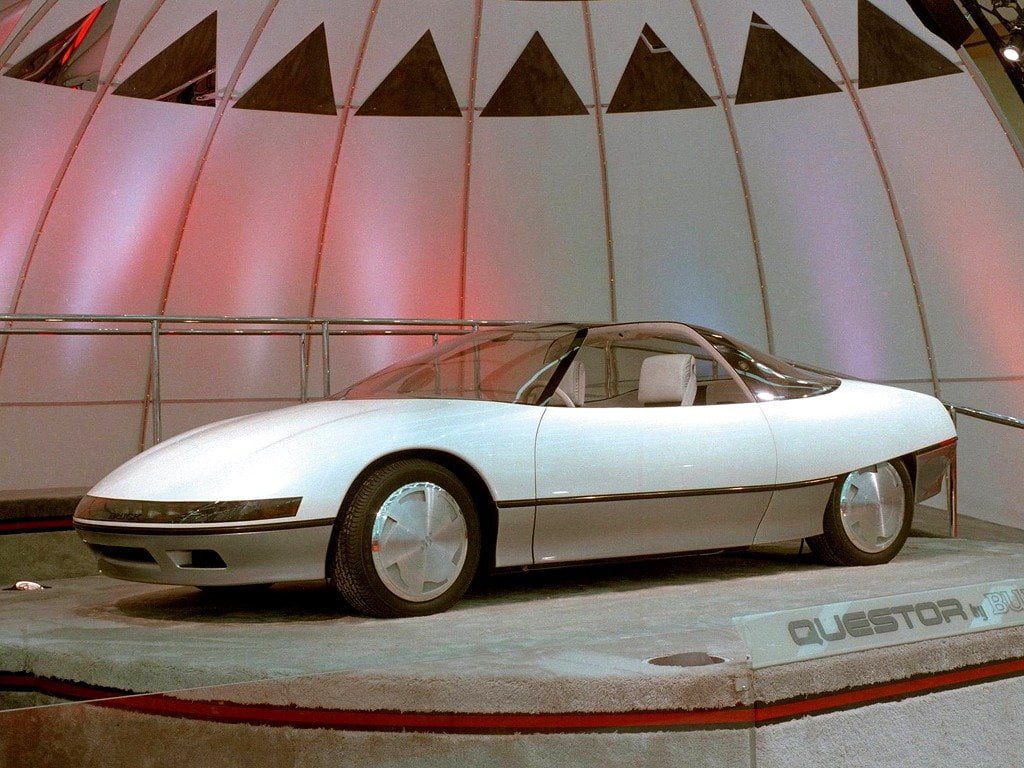
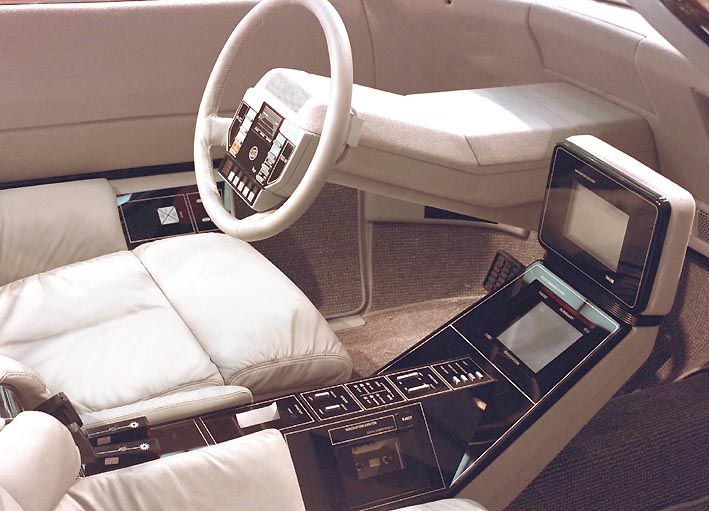
While everyone was fixated with polygons, wedges and triangles someone lingered on less sharp and more fluid shapes: they would have inspired generations of later cars, and you can see it well in this Questor, a coupe at least 15 ahead of its time. The interiors were also very advanced: laser push-button panels, voice activated telephone (Alexa, I am your grandfather!) And cameras instead of mirrors, things that still today, 37 years later, many models do not have.
Chrysler Lamborghini Portofino, 1983
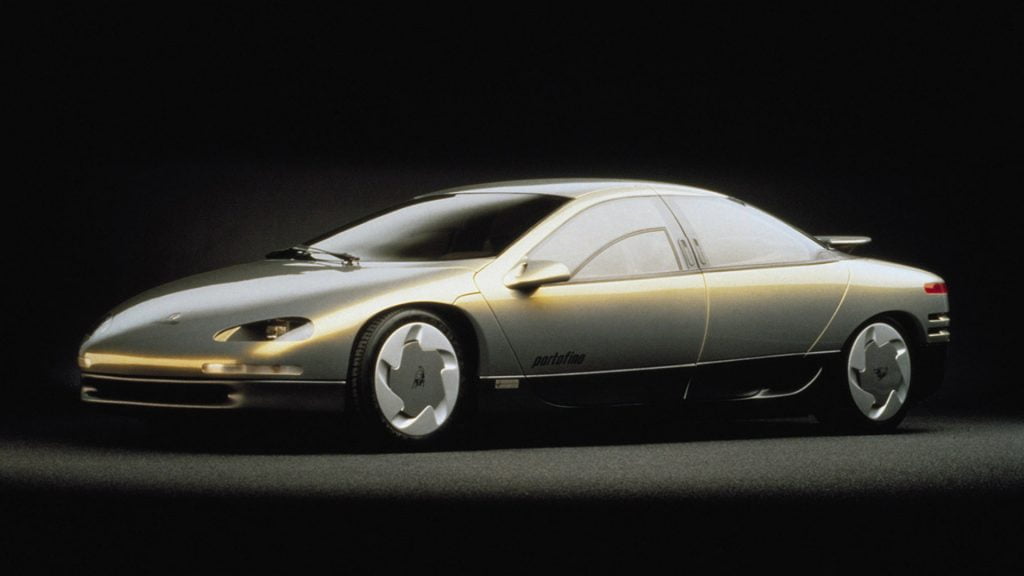
Chrysler Lamborghini? Well yes. Between the 80s and 90s the “bull” was under American ownership. Several concepts were commissioned to understand how to adapt that indomitable spirit to various models, and this Portofino was created to "taste" a 4-door Lamborghini. Nothing happened, but a few years later the Dodge/Chrysler Intrepid carried some hints of this "progenitor" in its DNA.
Chevrolet Corvette Indy Concept, 1986

Cars like this show that 2020 mid-engine models were born a long time ago. This concept stands out for its materials, truly ahead of its time: Kevlar and carbon fiber in cars were simply science fiction in 1986.
Pontiac Banshee, 1988

By the end of the 80s it was already clear that future design trends would move away from sharp lines and make way for a return to long, soft curves and round, streamlined shapes. Banshee was the precursor to the fourth generation Firebird, which became one of the most popular muscle cars of the modern era.
Chevrolet Express, 1987


For me it is the most extravagant 80s concept car of all. Madness everywhere, above and under the bonnet. Its structure was entirely made of carbon fiber, you entered and exited through the roof and other gadgets. His "performance" in the film Back to the Future – part II is well deserved. A cameo (impossible to obscure the DeLorean) on the streets of an imaginary 2015.
